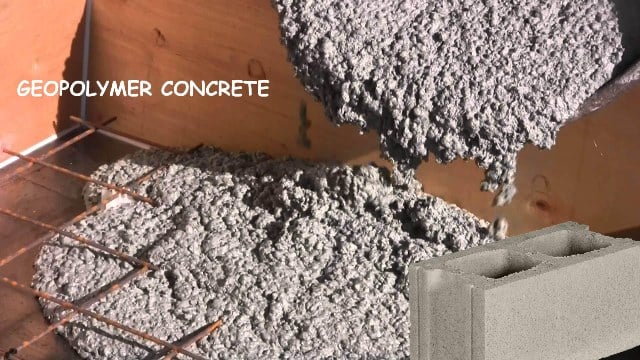Understanding the properties of concrete is critical for anyone involved in the construction industry. One of the ways to improve the characteristics of concrete is through the use of supplementary cementitious materials (SCM), one of which is silica fume. This blog post will delve into the effects of silica fume on two key properties of concrete: shrinkage and creep.
The Role of Silica Fume in Concrete
Adding silica fume to concrete enhances its overall performance. The addition of silica fume leads to increased compressive strength, 향상된 내구성, 화학적 공격에 대한 저항력 향상. These advantages make silica fume-enhanced concrete a preferred choice in high-stress and aggressive environments.
What is Concrete Shrinkage?
Shrinkage refers to the decrease in volume that concrete undergoes as it hardens and dries. Shrinkage can lead to cracking and structural problems if not properly managed. There are different types of shrinkage – drying shrinkage, autogenous shrinkage, and carbonation shrinkage.
The Effect of Silica Fume on Concrete Shrinkage
Silica fume can significantly reduce the shrinkage of concrete. The ultrafine particles of silica fume can effectively fill in the spaces between cement particles, reducing the amount of free water and thereby limiting shrinkage. 게다가, the pozzolanic reaction of silica fume further consumes water, helping to mitigate shrinkage.
What is Concrete Creep?
Creep is a long-term deformation that occurs when concrete is subjected to sustained loading. It is a slow, progressive change that can compromise the structural integrity of a building over time. Like shrinkage, creep is an important factor to consider in the design and construction of concrete structures.
The Effect of Silica Fume on Concrete Creep
The influence of silica fume on concrete creep is more complex. Some studies indicate that the use of silica fume may reduce creep, while others suggest an increase. This discrepancy may be due to the influence of other factors such as mix design, curing conditions, and the ratio of silica fume used.
Advantages and Limitations of Using Silica Fume
While the benefits of silica fume in enhancing the strength and durability of concrete are clear, it’s not without its challenges. Silica fume can increase the water demand of the mix, making it harder to work with. 게다가, it can lead to increased costs due to its relatively high price compared to traditional cement.
사례 연구: Real-world Applications of Silica Fume in Concrete

Troll A Platform
One of the most notable uses of silica fume in concrete construction is the Troll A Platform in the North Sea. This offshore natural gas platform, one of the tallest structures ever moved by humans, needed to withstand extreme marine conditions. The concrete used in this project contained silica fume, which enhanced the strength and durability of the concrete and significantly reduced its permeability, protecting it from aggressive sea water.
The Confederation Bridge
The Confederation Bridge in Canada, spanning the Northumberland Strait, also used concrete mixed with silica fume. The extreme weather conditions in this location required a highly durable and resilient concrete. The inclusion of silica fume helped the concrete meet these requirements, improving the bridge’s resistance to freeze-thaw cycles and de-icing salts.
Burj Khalifa
The Burj Khalifa, the world’s tallest building located in Dubai, also utilized silica fume in its concrete construction. The high-performance concrete used for this skyscraper was designed to withstand the extreme temperatures of the Middle East. Silica fume was incorporated into the concrete mix to increase its compressive strength and durability.
Various projects around the world have successfully utilized silica fume in concrete construction. These projects demonstrate the real-world advantages of using silica fume, including its ability to reduce shrinkage and potentially mitigate creep, contributing to longer-lasting and more durable structures.





